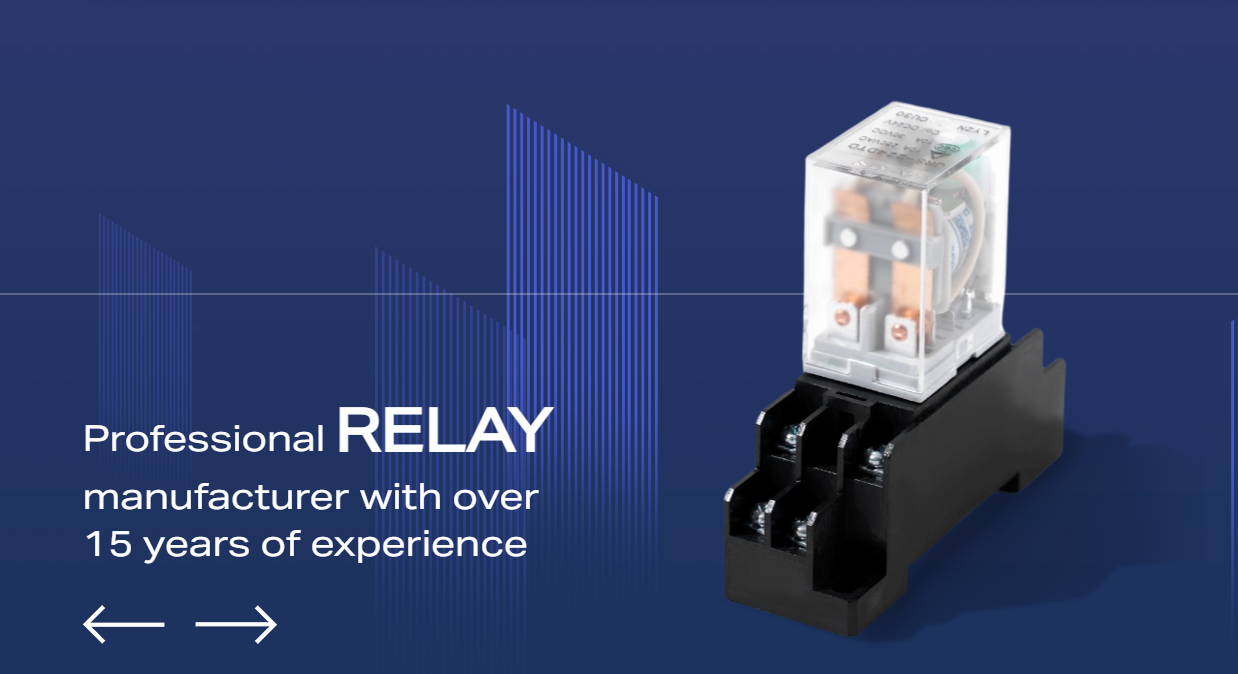Relay Use Cases in Automation & Control

Relays play a central role in automation and control systems across many industries. In particular, both the General Purpose Relay and the Industrial Control Relay find wide use — albeit in somewhat different application scenarios. In this article I explore how and where each type gets applied, giving examples of real-world use cases.
Let’s consider the General Purpose Relay first. Because of its versatility and moderate ratings, it is frequently used in control panels of buildings, HVAC systems, lighting control, small motors or pumps, vending machines, security systems and wherever a small control signal needs to switch a moderate load. For example, in an HVAC panel one might use a general-purpose relay to switch a fan motor or compressor based on a thermostat output. The relay receives a low-voltage control signal and switches the motor circuit on or off accordingly. This use keeps the control logic separate from the power path, improving isolation and system safety.
On the other hand, the Industrial Control Relay appears in more demanding environments: manufacturing assembly lines, heavy machinery, process plants, power distribution cabinets, motor starters, conveyor systems, water treatment plants etc. According to industry sources, an industrial control relay acts as an intermediary component that links control circuits (low voltage) with high-power components. For example, in a conveyor system one might use an industrial control relay to switch large current motors repeatedly, handle frequent cycling, deal with inrush currents, and integrate into the logic that synchronises multiple machines.
Another specific scenario: in motor control cabinets, an industrial control relay may be used to implement forward/reverse operation, as part of the sequence logic that coordinates contactors, overload protection and sensors. In such case, the relay must tolerate high switching loads, frequent operation, and sometimes harsh ambient conditions (dust, vibration, high temperature). In such contexts, reliability and robustness become very important.
It is also noteworthy that relays (of both types) may form part of the logic layer even when a PLC is present — especially where a simple switching function is needed, where cost is critical, and wiring simplicity is desirable. As described in technical literature, relays remain “magnetic electromechanical devices with two primary purposes: to isolate different circuit voltages, and to form larger complex networks of logic to run machines without digital controllers.”
From a practical design perspective, one might map out applications: use a General Purpose Relay for moderate control loads and simplified wiring; reserve an Industrial Control Relay for heavy duty or safety-critical switching. This mapping helps clarify system architecture, maintenance planning, and component sourcing.
In summary, application scenarios for control relays vary widely. Both the General Purpose Relay and the Industrial Control Relay have their place. Understanding the demands of the specific environment, number of operations, load characteristics and system logic helps in choosing the right type and placing it correctly in the control system.






